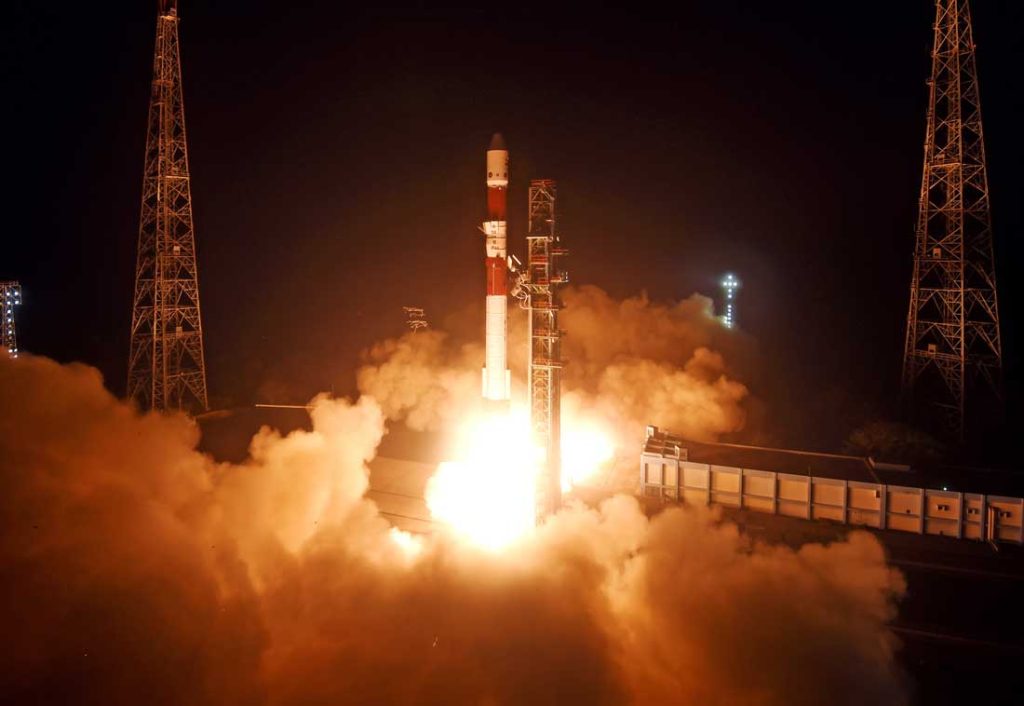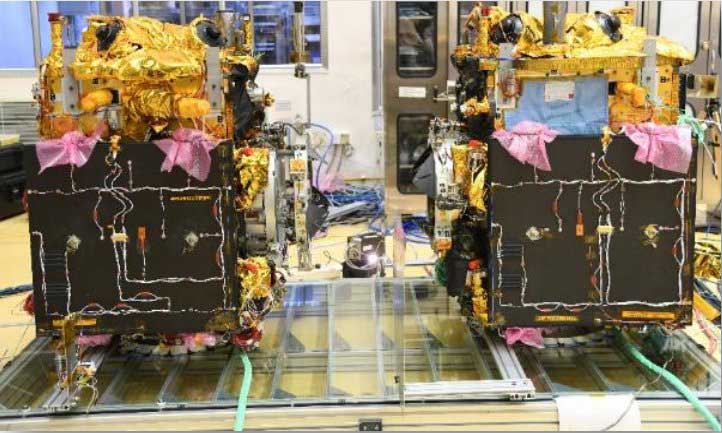
The Indian Space Research Organisation (ISRO) has triumphantly launched the PSLV-C60 rocket, carrying the pioneering Space Docking Experiment (SpaDeX) mission.
The launch took place from the Satish Dhawan Space Centre in Sriharikota at 10 PM IST on December 30, 2024.
What is SpaDeX Mission?
The PSLV-C60, marking the 60th mission of the Polar Satellite Launch Vehicle series, is tasked with deploying two satellites, SDX01 (Chaser) and SDX02 (Target), each weighing approximately 220 kg, into a low Earth orbit at an altitude of 470 km.

Once deployed, the docking process will commence in January 2025.
The docking process involves the SDX01 (Chaser) satellite approaching and attaching to the SDX02 (Target) satellite in space using laser range finders and proximity sensors.
The docking will be followed by a demonstration of power transfer between the two, a crucial aspect for future space missions.
After the docking, the satellites will undock and continue with their individual tasks, including scientific studies and technological experiments.
SDX01 has a high-resolution camera for Earth imaging, and SDX02 has a radiation monitor for space studies.
The primary aim of the SpaDeX mission is to demonstrate in-orbit rendezvous, docking, and undocking capabilities essential for future space endeavors like lunar sample return missions, human spaceflight, and the construction of India’s proposed space station, the Bharatiya Antariksh Station (BAS).
The mission is a critical step toward India achieving mastery in space docking technology and joining an elite group of nations, including the United States, Russia, and China.
Additional Payloads
Alongside the SpaDeX mission, the PSLV-C60 carried 24 secondary payloads as part of the PSLV Orbital Experimental Module (POEM-4), including 14 from ISRO and 10 from Indian academia and startups.
These experiments range from biological studies to robotics, showcasing a collaborative approach to space exploration and technology development.
Why is SpaDeX crucial?
The success of PSLV-C60 and the SpaDeX mission is a harbinger of India’s ambitious space goals. It sets the stage for further advancements in space technology, particularly in human spaceflight and interplanetary exploration.
The completion of this mission will provide valuable data and experience for ISRO’s upcoming projects, including the Gaganyaan mission, aimed at sending Indian astronauts into space.
The launch reaffirmed ISRO’s reputation as a cost-effective and reliable space agency.
Cultural and National Significance
In a display of cultural reverence intertwined with scientific achievement, ISRO scientists visited the Sri Venkateswara Swamy temple in Tirupati for blessings before the launch, embodying the fusion of tradition with modern science.